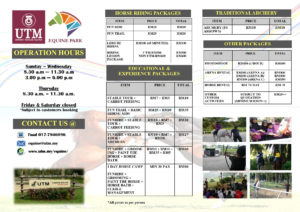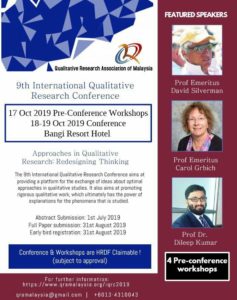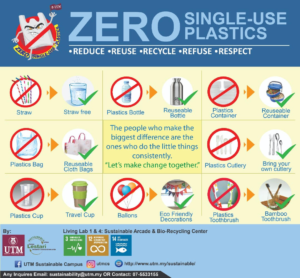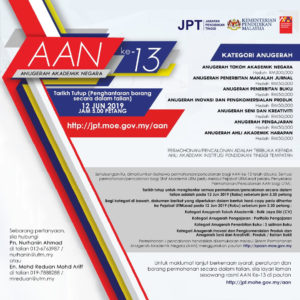In accordance to Eid, UTM is organising an event to celebrate Eid with the whole UTM staff and students. But this year, it is different. We have to bring our own container.
Setiap tahun Universiti akan menganjurkan sambutan hari raya dan bersempena dengan penganjuran Majlis Tautan Ukhwah Syawal 1440H peringkat UTM pada tahun ini, adalah dimaklumkan pihak UTM akan melancarkan “Program Sifar Plastik Pakai-Buang (Single-Use) ke arah Matlamat Pembangunan Lestari (SDGs) UTM”. Program berkenaan adalah selaras dengan matlamat kerajaan untuk mengatasi masalah pencemaran sisa plastik melalui Pelan Hala Tuju Ke Arah Sifar Plastik Sekali Guna 2018-2030 yang diterajui Kementerian Sains, Teknologi, Alam Sekitar dan Perubahan Iklim (MESTECC).
Pelancaran ini dirangka bagi mengurangkan pencemaran dan melestarikan alam sekitar serta memberikan kesedaran, pengetahuan dan menjadi komitmen Universiti mengenai punca lambakan sisa sampah dan pengurusannya terutamnya bahan plastik pakai buang. Selain itu, ia bertujuan untuk mengubah minda warga universiti berhubung isu sisa sampah ekoran pihak universiti terpaksa menanggung kos yang tinggi bagi melupuskan sisa sampah dan menjadi punca kepada masalah pencemaran plastik di samping memupuk identiti Universiti Bersih, Lestari dan Proaktif.
Majlis Sambutan Peringkat Universiti ini akan memfokuskan kepada elemen utama iaitu:-
- Melarang penggunaan Plastik-Pakai-Buang pada majlis rasmi universiti bermula dengan Majlis Tautan Ukhwah sehingga disebarluaskan ke seluruh UTM selepas itu.
- Semua tetamu digalakkan/diwajibkan membawa bekas makanan dan minuman serta beg fabrik (woven bag) yang dibawa sendiri selain sudu/garpu yang bukan berasaskan plastik.
- Galakan setiap PTJ/Unit yang mengendalikan penyediaan makanan di setiap Lot Khemah menggunakan kaedah buffet tray dan mengelakkan/melarangpenggunaan sebarang beg plastik, penyedut minuman (straw), bekas minuman plastik serta sudu/garpu berasakan plastik.
- Menggunakan hanya bekas makanan/plastik terbiodegradasi dan berasaskan tumbuh-tumbuhan seperti kanji dan selulosa.
- Menggalakkan tetamu utk makan dan berukhwah sesama sendiri di lokasi berbanding terus membawa pulang makanan. Lokasi khas khemah akan disediakan bagi memudahkan tetamu.
- Memberikan kesedaran mengenai pembaziran makanan dan pelupusan sisa makanan yang sesuai semasa program. Lokasi tong sampah yang bersesuaian akan disediakan.
Justeru, pihak Universiti menerusi jalinan kerjasama Pusat Islam UTM dan beberapa PTJ/Unit yang mengendalikan majlis ini berharap program ini akan membantu meningkatkan reputasi serta imej kelestarian ke arah mencapai Matlamat Pembangunan Lestari (SDGs).









